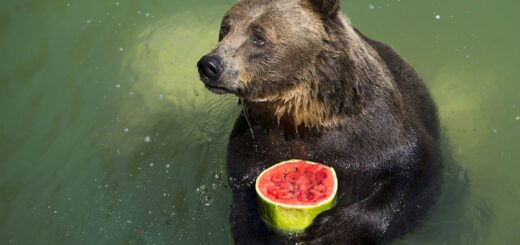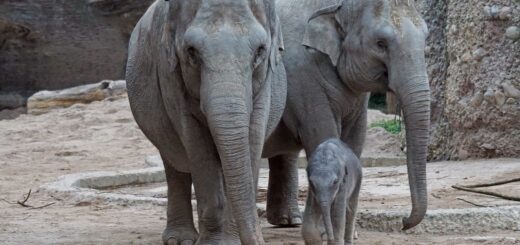Application of near infrared reflectance spectroscopy (NIRS) to measure protein, fat, energy, and moisture in fish, meat, and whole prey
Citation
Jancewicz LJ, Zawadski S, and Juárez M. 2023. Application of near infrared reflectance spectroscopy (NIRS) to measure protein, fat, energy, and moisture in fish, meat, and whole prey. In Brooks M, Fidgett A, Kendrick E, Treiber K Eds. Proceedings of the Fifteenth Conference on Zoo and Wildlife Nutrition, Zoo and Wildlife Nutrition Foundation and AZA Nutrition Advisory Group, Hybrid.
Abstract
The objective of this study is to begin the development of a universal NIRS calibration for feed from a variety of animal sources fed to animals managed under human care. Feed samples (n = 90) from animal sources including rodents, poultry, fish, squid, insects, horse, beef, and rabbit were collected over two years. Samples were homogenized using a heavy-duty grinder and, prior to lab analysis, were scanned using the industrial grade Labspec NIRS for collection of spectral data. Year 2 samples (n = 41) were also scanned using the TellSpec, an economical handheld NIRS instrument. The variety in samples provided a wide range in moisture (58.8-84.1%), protein (11.7-24.6%), fat (0.33-25.2%), and energy (624-2920 kcal/kg), on an as-fed basis. Prediction equations were developed using the lab analysis as reference values and the Labspec spectral data with promising cross validation equations for protein (R2cv > 0.84, SECV = 4.51), fat (R2cv > 0.89, SECV = 4.06), moisture (R2cv > 0.83, SECV = 2.66), and energy (R2cv > 0.70, SECV = 299.9). The accuracy of the two instruments was compared in year 2 by randomly removing a subset of the samples, to be used as a validation set (n = 11). Both instruments were excellent at predicting moisture (Tellspec R2P = 0.93 and SEP = 1.48; Labspec R2P = 0.97 and SEP = 1.03), and comparable at predicting fat (Tellspec R2P = 0.88 and SEP = 3.35; Labspec R2P = 0.87 and SEP = 3.45) and protein (Tellspec R2P = 0.77, SEP = 3.99; Labspec R2P = 0.77, SEP = 4.02). The Tellspec predicted energy (R2P = 0.78, SEP = 214.3) more accurately than the Labspec (R2P = 0.73, SEP = 235.7). These data indicate that the affordable handheld instrument can be used to develop calibrations for protein, fat, moisture, and energy in undried, homogenized fish, meat, and whole prey items. With the help of technological advancements in data sharing, there is potential to create a zoo NIRS network that would allow nutritionists all over the world to collaborate by synchronizing spectral data and validate calibration models for similar samples.
 14_Jancewicz.pdf 19 KB
14_Jancewicz.pdf 19 KB








